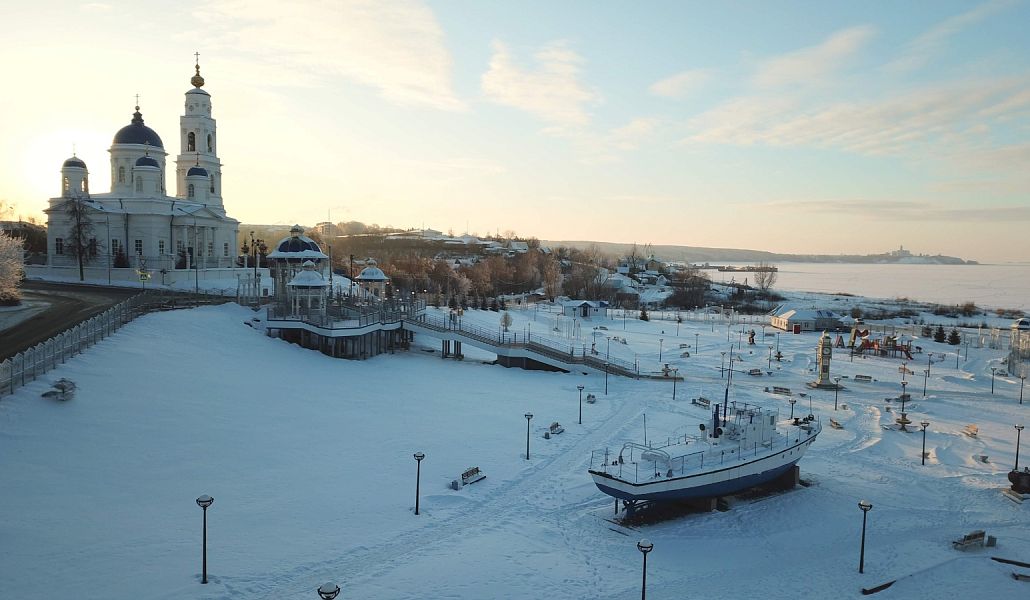Are cultural heritage sites of interest to investors?
At the board of the State Committee of the Republic of Tajikistan for the Protection of Cultural Heritage Objects in Chistopol, a number of issues were raised, the solution of which could attract investors to this area.
The Committee is often faced with a situation where the presence of historical value becomes known to the investor only during the development of the site. “As a rule, the reaction to existing restrictions is negative.”
An investor can purchase buildings of historical and cultural value and in need of restoration at auction for a “standard ruble” and, as the new owner, must return the historical appearance of the building. Some investors refuse this offer, since the restoration process requires large investments. There are also examples of the loss of objects and the resale of land.
“A solution could be to apply a special preferential tax regime for investors with reduced or zero rates in the territories of cultural heritage sites. This will give impetus to business development and will free up funds for landscaping.”
In 2023, 26 sites were included in the list of newly identified cultural heritage sites. In 2024, it is planned to conduct a historical and cultural examination of 111 identified cultural and archaeological objects. Another help for potential investors is the work being carried out in the republic to determine the protection zone of the monument.
Talia Minullina: “Investment projects using cultural heritage objects are rare, isolated cases, to which, in addition to all the “charm” of working with a difficult object, there is also an image component mixed in. The good news is that at the board we considered issues that could improve the situation for investors and reduce costs.”
Photos from resources
Committee of the Republic of Tatarstan for the Protection of OKN
The Committee is often faced with a situation where the presence of historical value becomes known to the investor only during the development of the site. “As a rule, the reaction to existing restrictions is negative.”
An investor can purchase buildings of historical and cultural value and in need of restoration at auction for a “standard ruble” and, as the new owner, must return the historical appearance of the building. Some investors refuse this offer, since the restoration process requires large investments. There are also examples of the loss of objects and the resale of land.
“A solution could be to apply a special preferential tax regime for investors with reduced or zero rates in the territories of cultural heritage sites. This will give impetus to business development and will free up funds for landscaping.”
In 2023, 26 sites were included in the list of newly identified cultural heritage sites. In 2024, it is planned to conduct a historical and cultural examination of 111 identified cultural and archaeological objects. Another help for potential investors is the work being carried out in the republic to determine the protection zone of the monument.
Talia Minullina: “Investment projects using cultural heritage objects are rare, isolated cases, to which, in addition to all the “charm” of working with a difficult object, there is also an image component mixed in. The good news is that at the board we considered issues that could improve the situation for investors and reduce costs.”
Photos from resources
Committee of the Republic of Tatarstan for the Protection of OKN
23.01.2024




